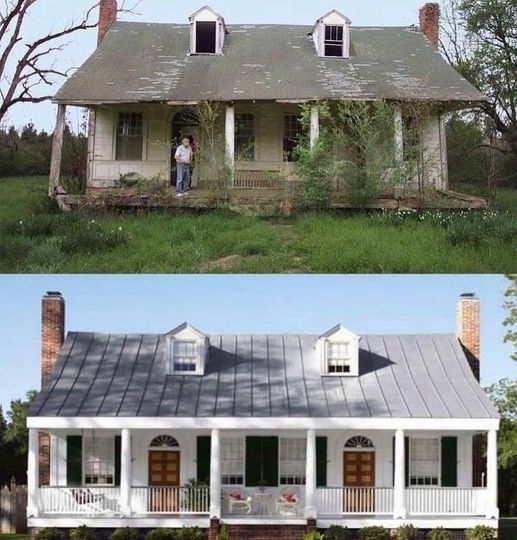Rock-A-Hoola Waterpark: A Tale of Dreams and Desert Decay
In the arid expanse of the Mojave Desert, near the small town of Newberry Springs, California, lies the haunting remains of Rock-A-Hoola Waterpark. Once a vibrant oasis of fun and laughter, this waterpark now stands as a testament to the fleeting nature of dreams and the relentless march of time. The story of Rock-A-Hoola is one of ambition, joy, financial hardship, and eventual abandonment, making it a poignant chapter in the annals of American amusement parks.
The Birth of a Desert Oasis
Rock-A-Hoola Waterpark was the brainchild of local businessman Bob Byers, who envisioned a thriving water attraction in the middle of the desert. Originally opened in 1962 as Lake Dolores Waterpark, named after Byers’ wife, the park was built around a man-made lake fed by natural springs. It quickly became a popular destination for families seeking respite from the scorching desert heat, offering a variety of water slides, zip lines, and other aquatic attractions.
In its early days, Lake Dolores was a beacon of innovation and excitement. Visitors flocked to experience its unique attractions, such as the trapeze swings that launched daring guests into the cool waters below. The park’s location along the historic Route 66 added to its allure, drawing travelers from across the country. Byers’ vision had materialized into a beloved recreational hotspot, capturing the spirit of adventure that characterized the era.
The Golden Years
Throughout the 1970s and 1980s, Lake Dolores Waterpark enjoyed its golden years. The park expanded its offerings with new rides and amenities, including the addition of towering water slides that became iconic symbols of summertime fun. Families made annual pilgrimages to the park, creating cherished memories that spanned generations. The park’s distinctive blend of exhilarating rides and the tranquil desert landscape set it apart from other waterparks.

Lake Dolores’ success was underpinned by its unique charm and the sense of community it fostered. Many visitors fondly recall the camaraderie of spending long summer days splashing in the water, picnicking by the lake, and camping under the star-studded desert sky. The park’s atmosphere was one of unbridled joy and freedom, a place where the worries of everyday life seemed to evaporate in the desert sun.
As the 1990s approached, Lake Dolores began to show signs of wear and tear. Changing tastes, increased competition from larger theme parks, and the challenges of maintaining an aging facility in the harsh desert environment all contributed to its decline. By the early 1990s, the park had closed its doors, and the once-thriving oasis fell into disrepair.
In 1998, the park was given a second chance when it was purchased and reopened as Rock-A-Hoola Waterpark. The new owners aimed to recapture the magic of Lake Dolores while adding a fresh, retro-themed twist. They invested heavily in renovations and new attractions, including a lazy river and a wave pool. The rebranded park featured a 1950s rock-and-roll theme, complete with neon signs and classic diner aesthetics, aiming to attract a new generation of visitors.

For a brief period, Rock-A-Hoola experienced a resurgence. The retro theme appealed to both nostalgic adults and younger visitors, and the park once again buzzed with activity. However, this revival was short-lived. Despite the initial enthusiasm, the park struggled to achieve sustained profitability. High operating costs, legal disputes, and a severe injury lawsuit that resulted in significant financial strain led to the park’s closure in 2000.
Abandonment and Decay
After its final closure, Rock-A-Hoola was left to the mercy of the desert. The once-lively waterpark rapidly deteriorated, becoming a ghostly relic of its former self. Vandals and the elements took their toll, leaving behind crumbling structures, graffiti-covered slides, and sun-bleached remnants of its past glory. The empty pools and silent rides serve as eerie reminders of the park’s vibrant history.
